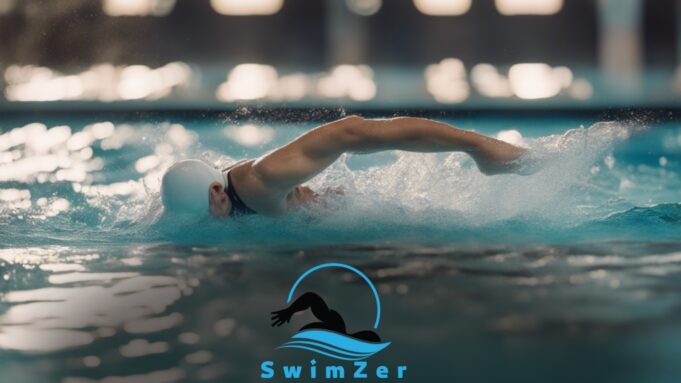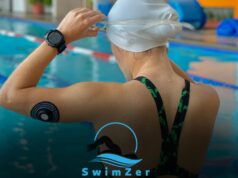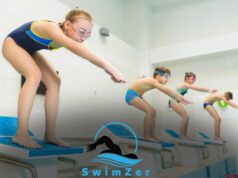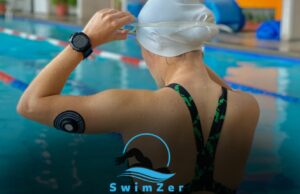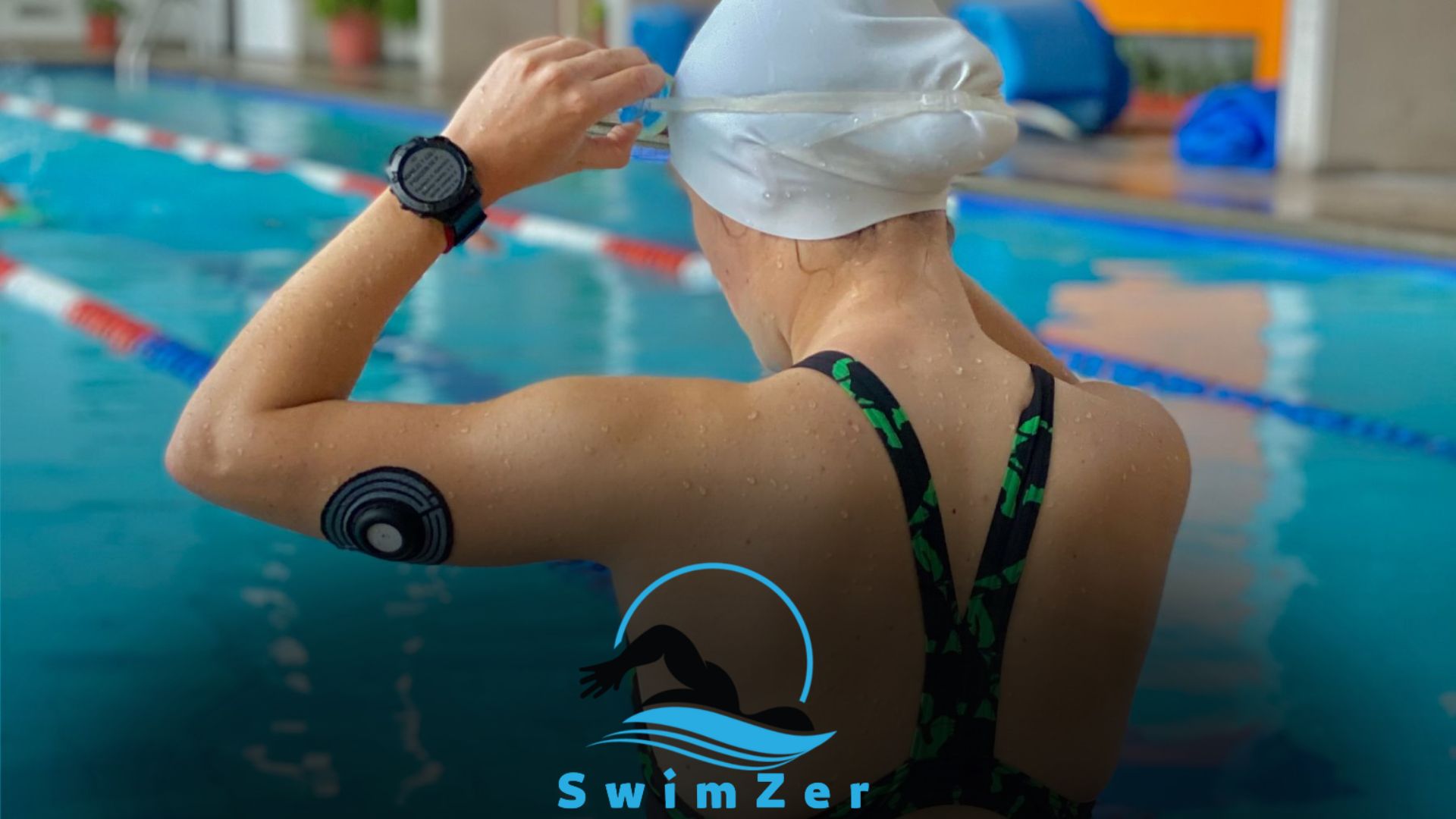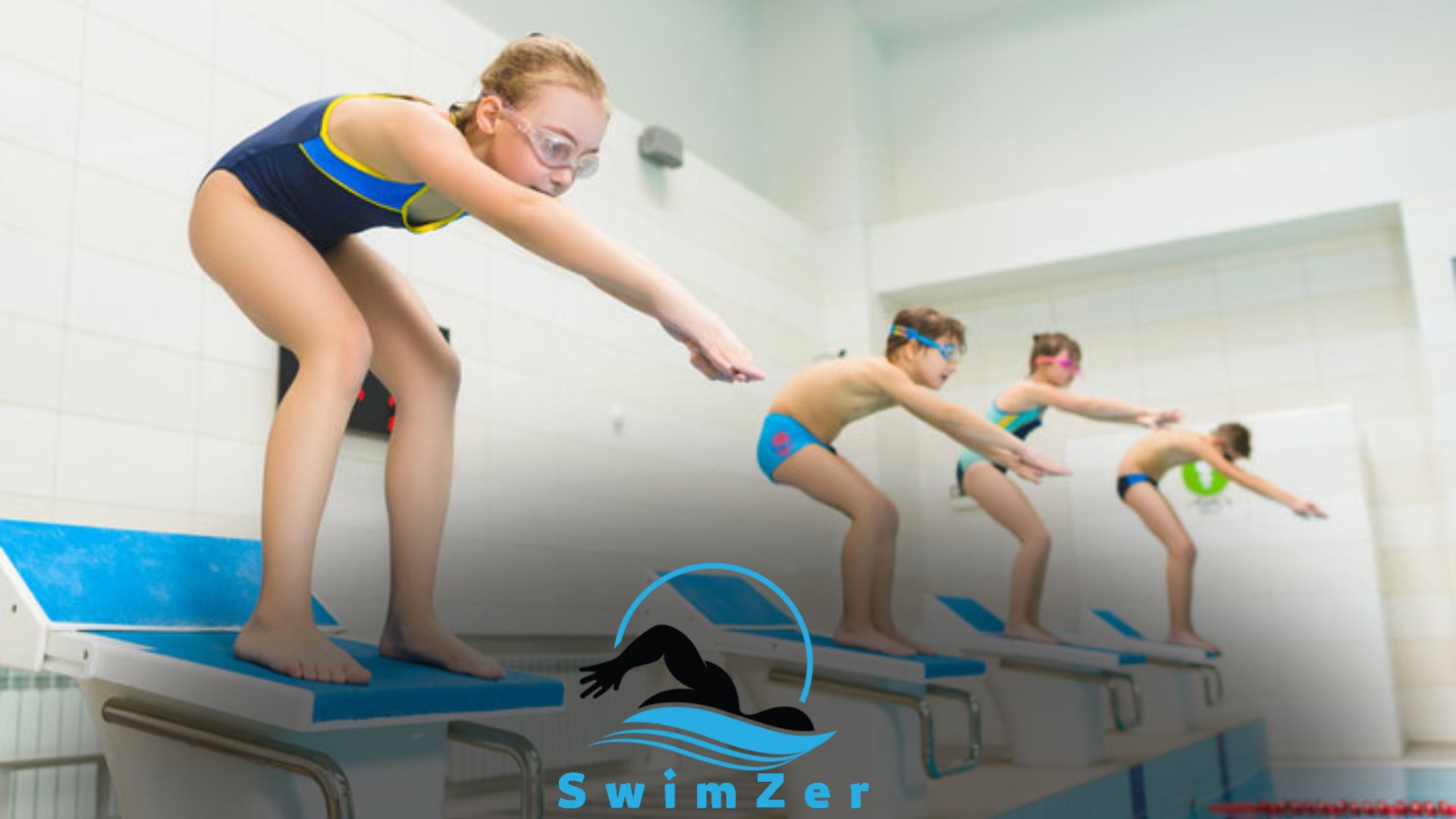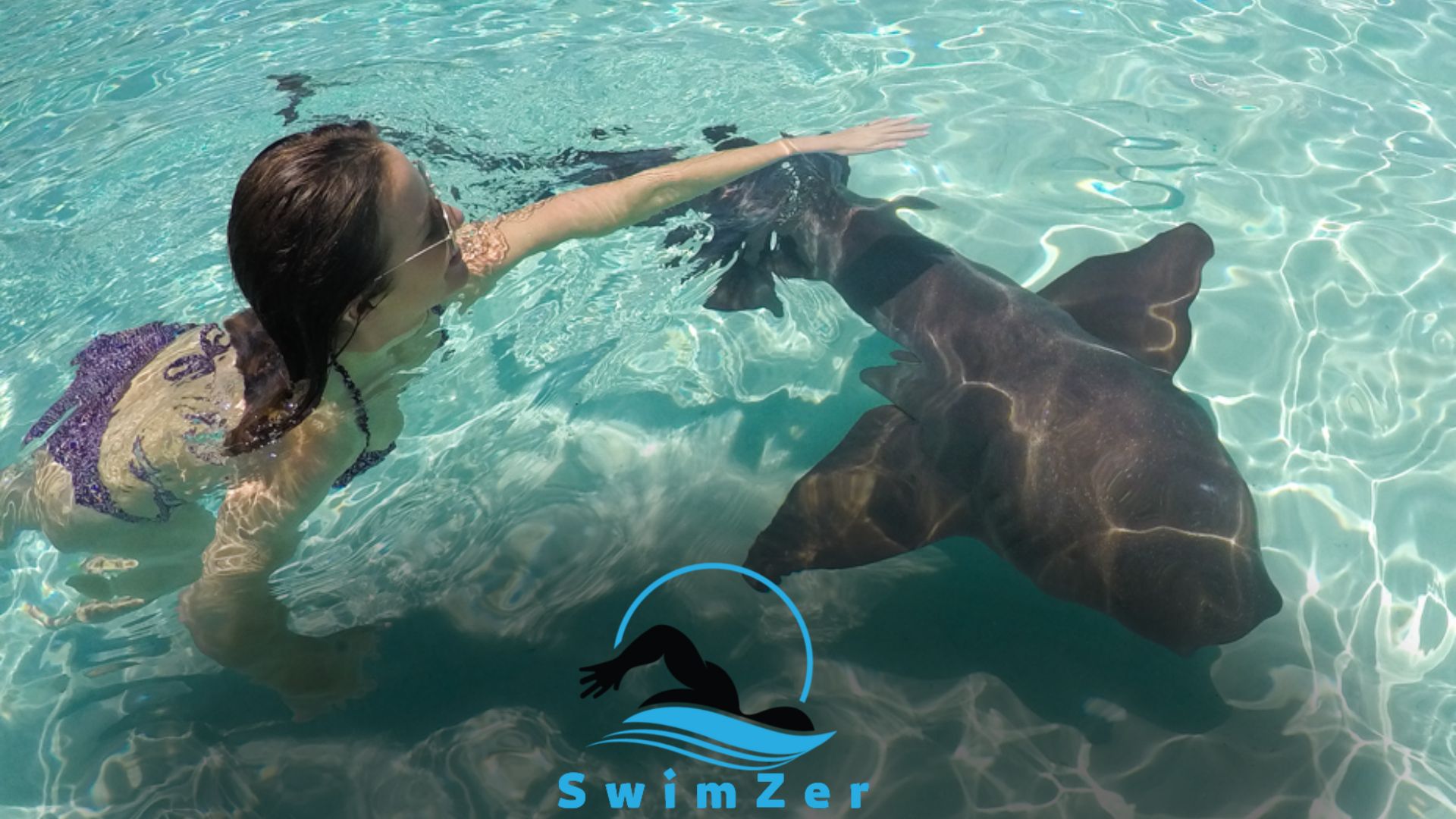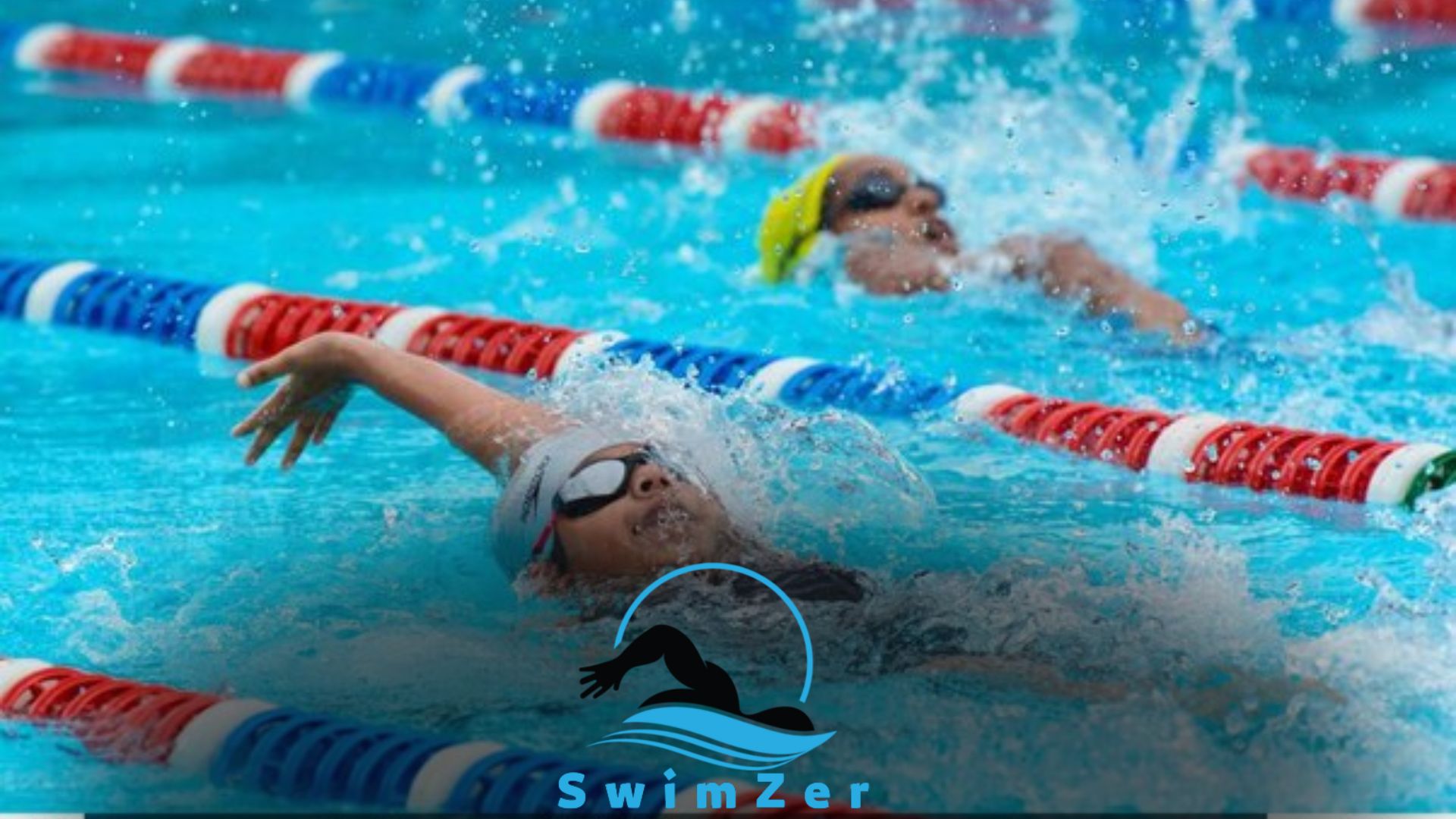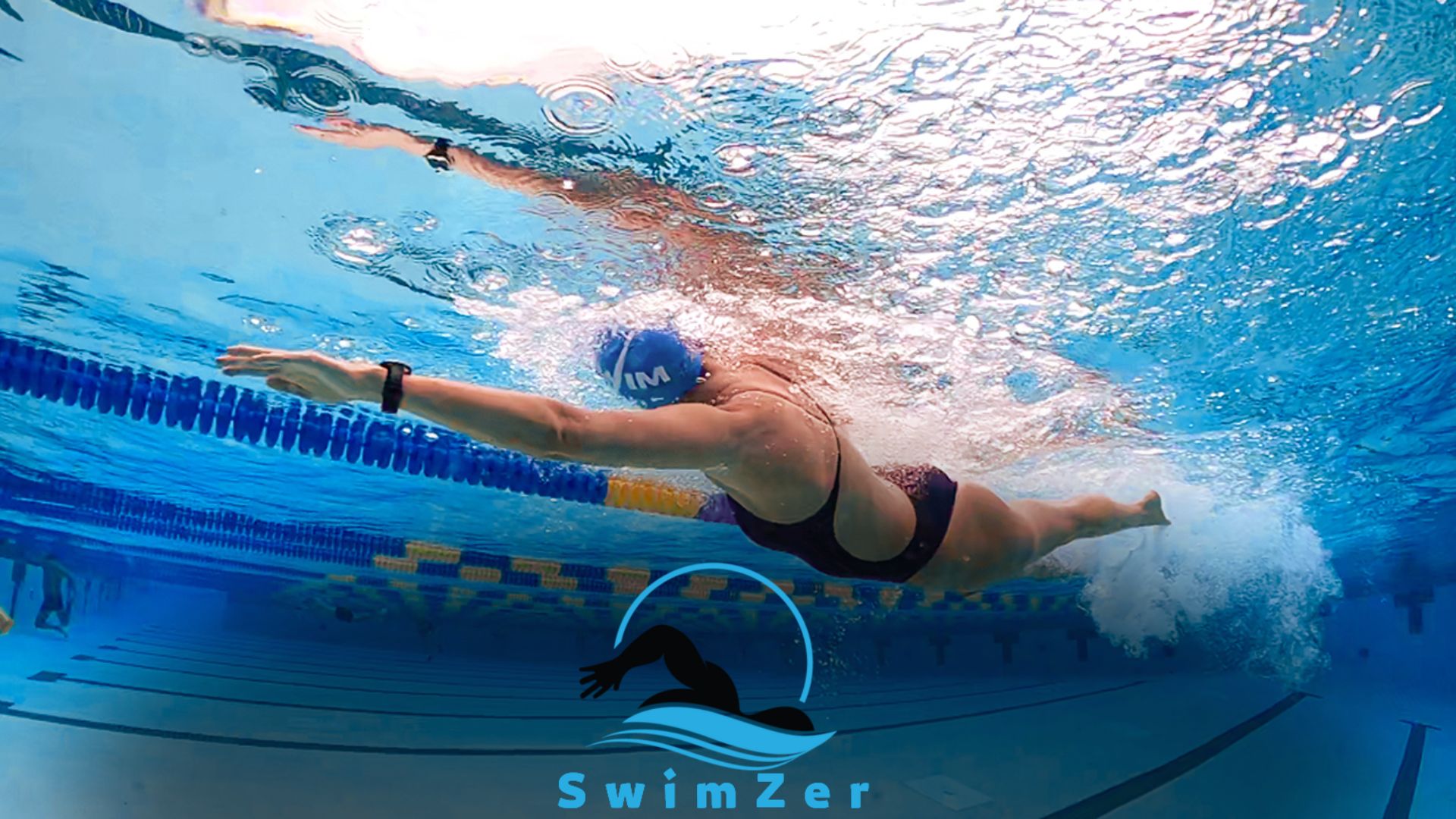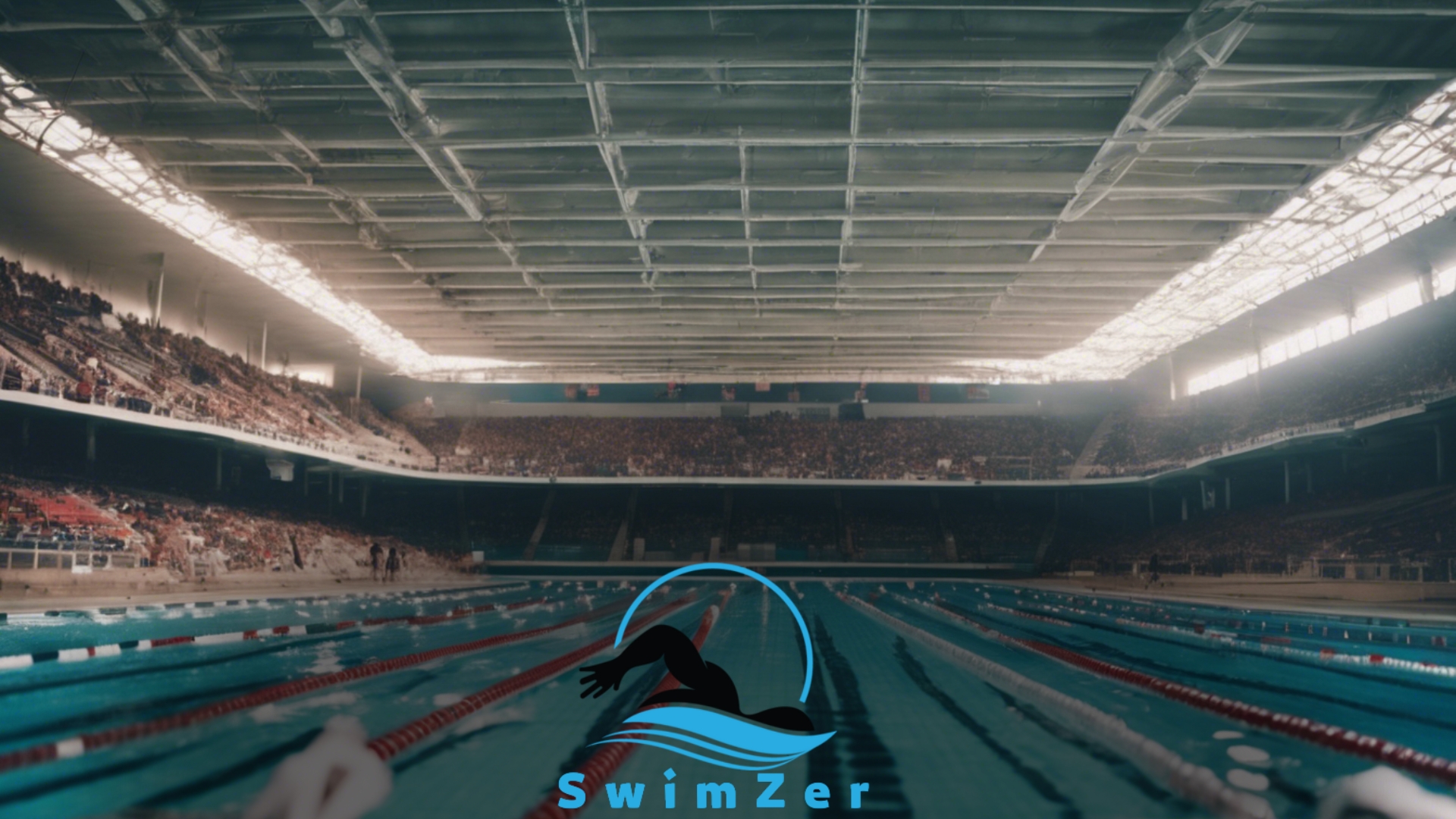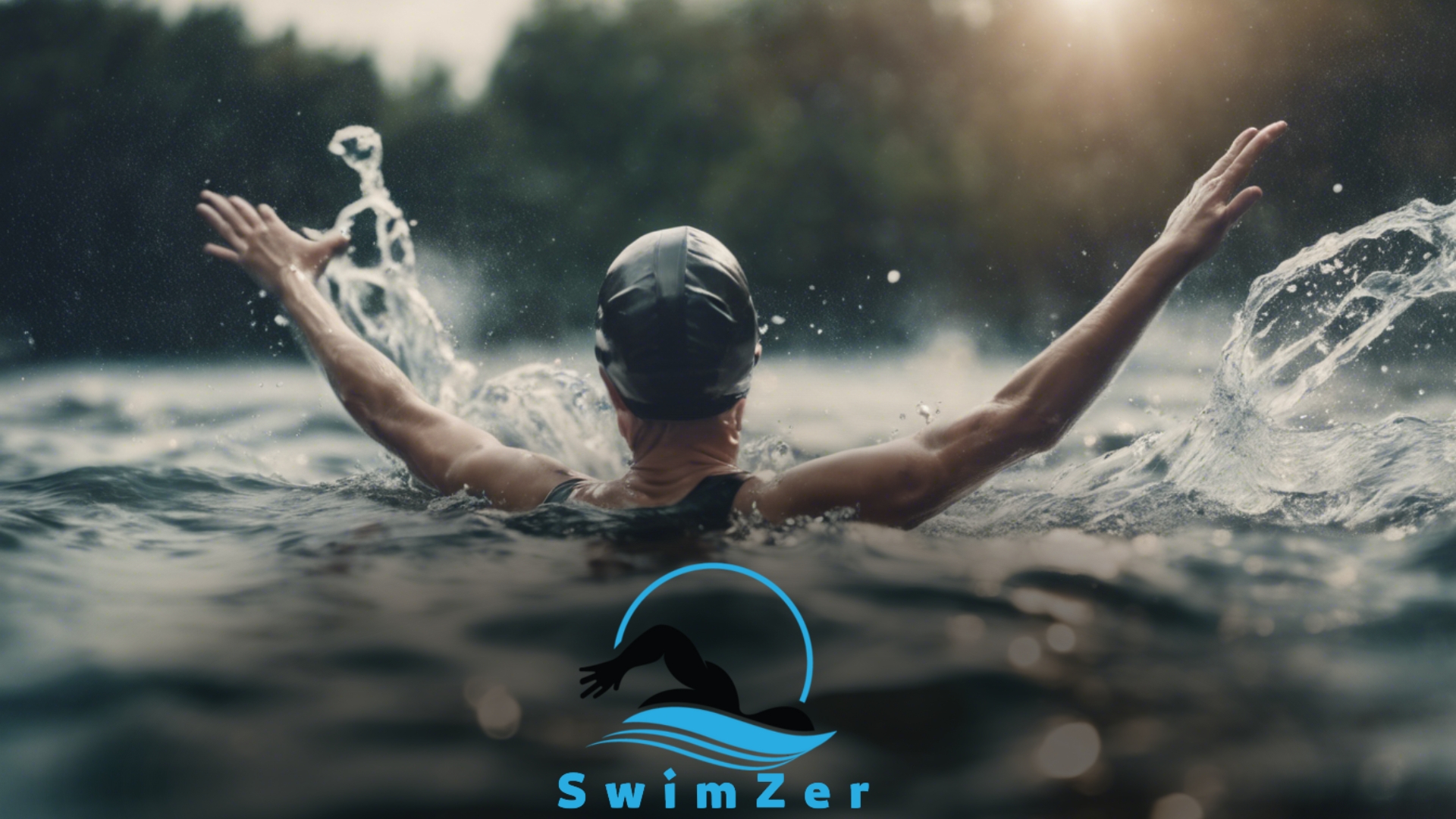Achilles tendonitis is a common overuse injury that causes pain and swelling in the back of the leg near the heel. It is often seen in athletes who participate in sports that involve running and jumping, such as basketball, soccer, and tennis.
The Achilles tendon is the largest and strongest tendon in the body. It connects the calf muscles to the heel bone. When this tendon is overused or strained, it can lead to inflammation and discomfort.
Swimming is often recommended as a low-impact exercise for individuals with Achilles tendonitis. The buoyancy of the water reduces the impact on the joints and tendons, making it an ideal choice for those looking to stay active while allowing their injury to heal. Here are some reasons why swimming can be beneficial for Achilles tendonitis:
Low-Impact Exercise
Swimming is a low-impact exercise that puts minimal stress on the Achilles tendon. Unlike running or jumping, which can exacerbate the symptoms of tendonitis, swimming allows for a full-body workout without the jarring impact. The water supports the body’s weight, reducing strain on the tendons and allowing for a range of motion that may be limited on land.
Strengthens Muscles
Swimming engages various muscle groups, including the arms, legs, back, and core. This full-body workout can help strengthen the muscles surrounding the Achilles tendon, which is important for supporting and stabilizing the injury. Building strength in these areas can contribute to improved overall function and reduced risk of re-injury.
Improves Circulation
The gentle pressure of the water as you move through it can help improve circulation, which is beneficial for the healing process of Achilles tendonitis. Increased blood flow to the injured area can aid in removing waste products and promote the delivery of oxygen and nutrients essential for tissue repair.
Flexibility and Range of Motion
Swimming involves a wide range of motion for the arms and legs, which can help improve flexibility and mobility. Maintaining flexibility in the ankle joint and surrounding muscles is crucial for individuals with Achilles tendonitis. Swimming can help promote flexibility without causing additional strain on the tendon.
Adaptable and Customizable
Swimming offers a variety of strokes and techniques that can be tailored to individual comfort and ability. Whether freestyle, breaststroke, backstroke, or a gentle water aerobics class, there are options for people of all fitness levels and ages.
This adaptability allows individuals with Achilles tendonitis to engage in exercise that suits their specific needs and preferences.
Precautions for Swimming with Achilles Tendonitis
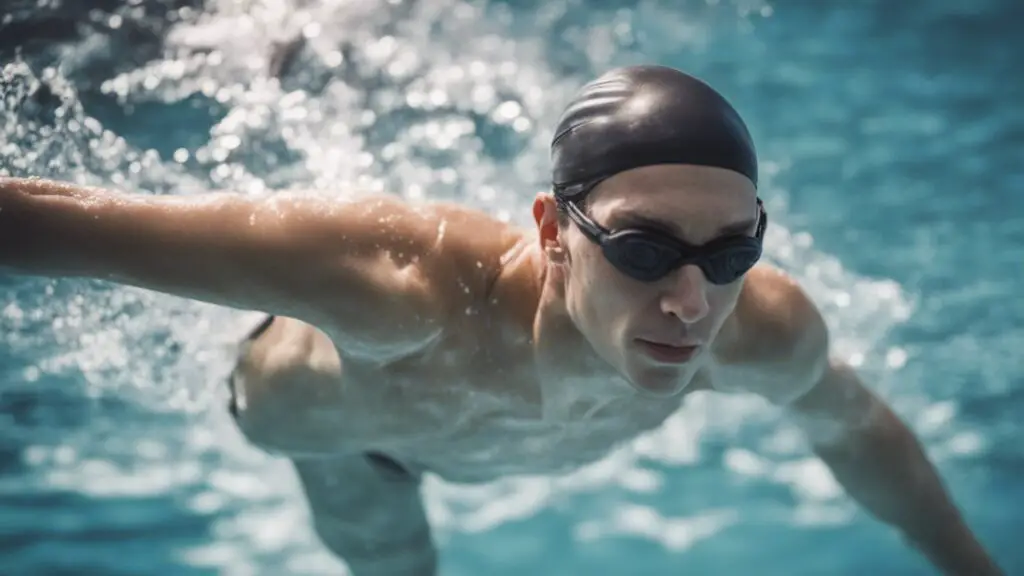
While swimming can benefit Achilles tendonitis, taking certain precautions to avoid exacerbating the injury is important. Here are some tips for swimming with Achilles tendonitis:
- Start slowly and gradually increase the intensity and duration of your swimming sessions.
- Pay attention to your form and technique to ensure you do not strain the Achilles tendon excessively.
- Consider using fins or a kickboard to reduce the workload on your lower body while still engaging in a cardiovascular workout.
- Avoid pushing off the wall with excessive force and limit flip turns if they cause discomfort.
- Listen to your body, and if you experience pain or discomfort, stop and allow for proper rest and recovery.
It’s always advisable to consult with a healthcare professional before starting any new exercise regimen, especially if you are recovering from an injury like Achilles tendonitis.
In conclusion, swimming can be a beneficial exercise for individuals dealing with Achilles tendonitis. Its low-impact nature, ability to strengthen muscles, improve circulation, enhance flexibility, and customizable options make it suitable for many.
Swimming can be a valuable component of a comprehensive rehabilitation plan for Achilles tendonitis if you take the necessary precautions and listen to your body.

